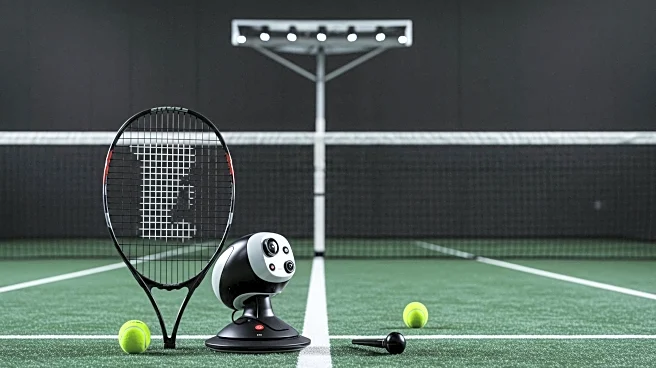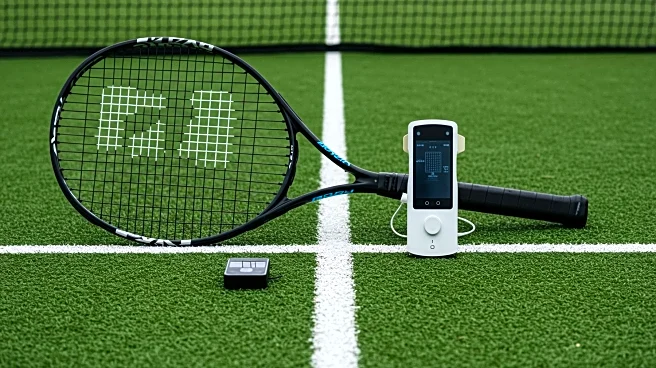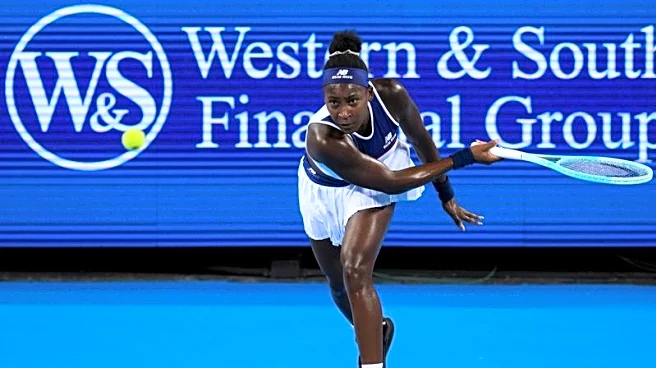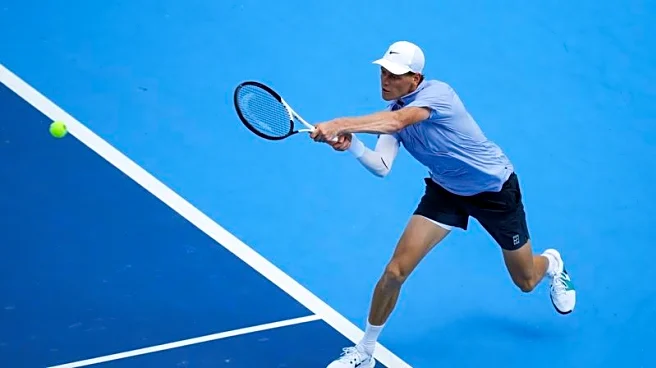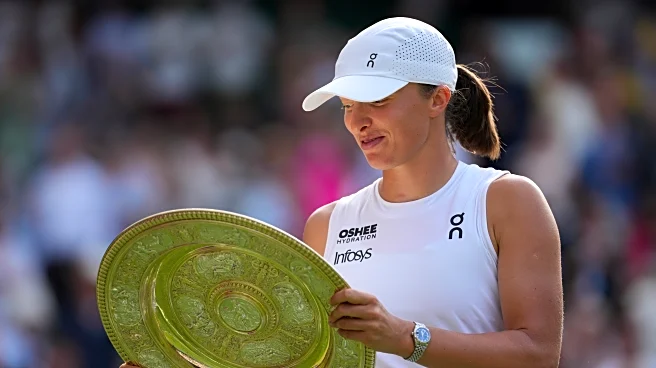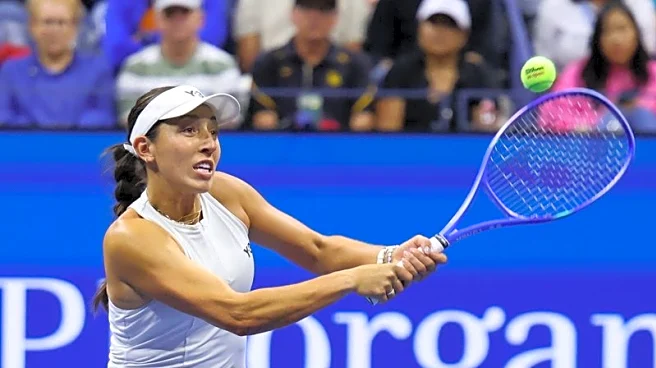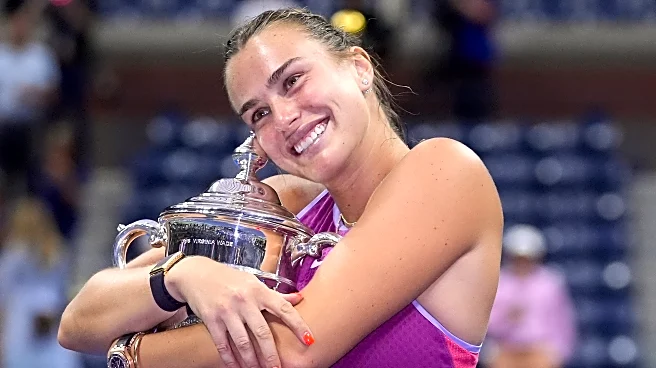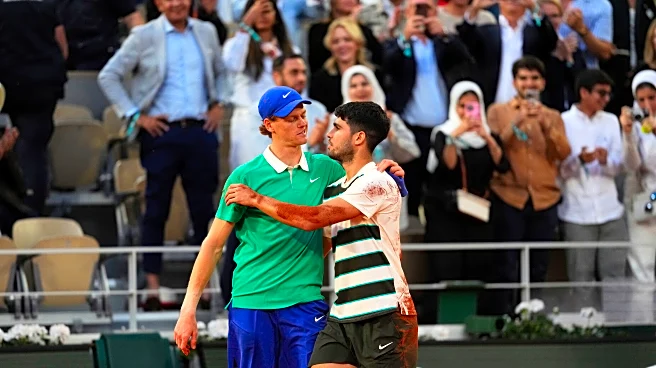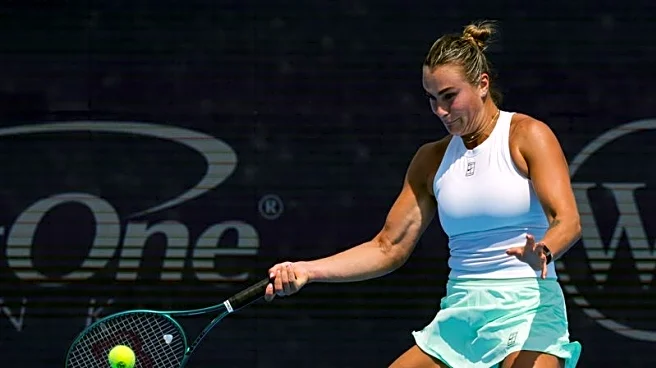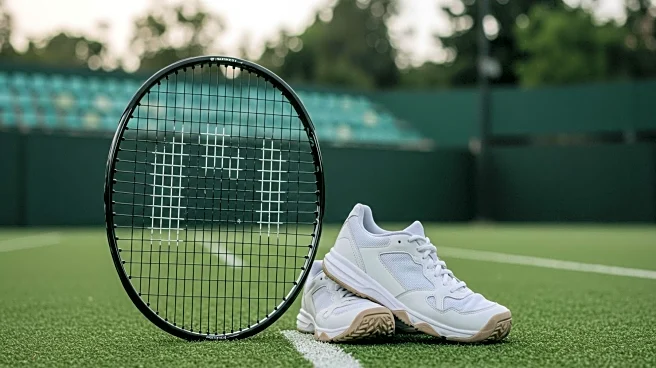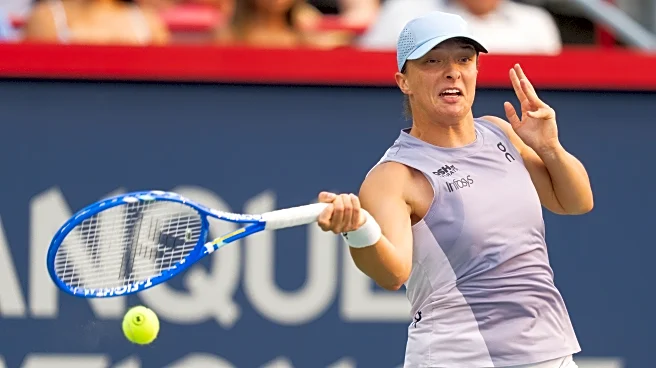What's Happening?
Coco Gauff, the American tennis player ranked world number three, has made a strategic change to her coaching team just before the US Open. After experiencing serving difficulties, including a high number of double faults at the Cincinnati Open, Gauff has brought in Gavin MacMillan, a biomechanics coach known for his work with Aryna Sabalenka. MacMillan is credited with helping Sabalenka win three Grand Slam titles by improving her technique. Gauff's decision to replace her grip specialist, Matt Daly, comes after he helped her win the French Open title in June. Despite the changes, Jean-Christophe Faurel remains part of Gauff's coaching team.
Why It's Important?
Gauff's decision to adjust her coaching team highlights the importance of technical precision in professional tennis, especially in high-stakes tournaments like the US Open. By focusing on biomechanics, Gauff aims to enhance her serve and forehand, which are crucial for her performance. This move reflects the competitive nature of tennis, where even top players continuously seek improvements to maintain their edge. The change could significantly impact Gauff's performance at the US Open, potentially influencing her chances of securing another Grand Slam title.
What's Next?
As Gauff prepares for the US Open, her collaboration with MacMillan will be closely watched by fans and analysts. The effectiveness of this coaching change will be tested during the tournament, where Gauff aims to replicate her success from two years ago. Her performance could set the tone for her future career trajectory and influence her standing in the tennis world. The outcome may also affect her coaching decisions moving forward.
Beyond the Headlines
Gauff's proactive approach to addressing technical challenges underscores the evolving nature of sports coaching, where specialized expertise like biomechanics plays a critical role. This shift reflects broader trends in sports where athletes increasingly rely on scientific methods to optimize performance. Gauff's decision may inspire other players to explore similar strategies, potentially leading to innovations in tennis training and coaching.
